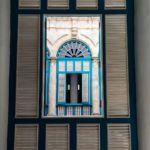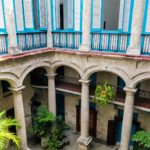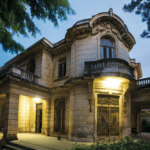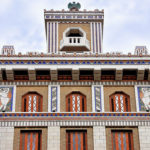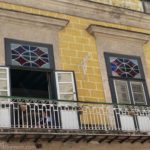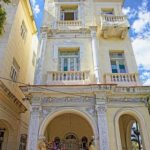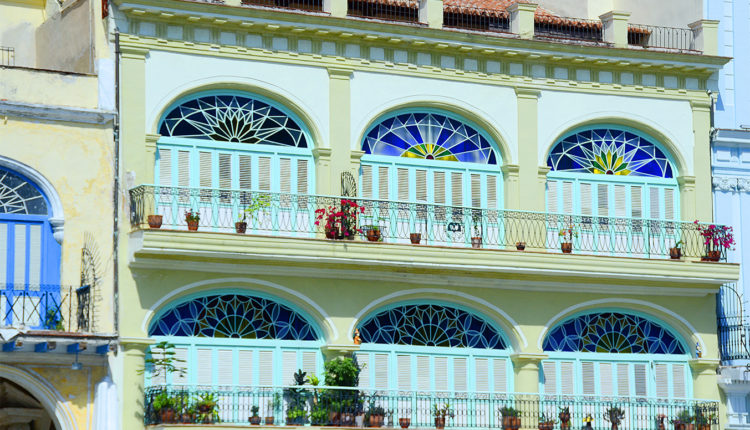
Future generations will look back at today’s Havana
HAVANA – I spend much of my time walking around Havana. It is a city with great light and a great mix of architectural styles — so many colors that overlap and never run out. You’re always surprised to discover a patio, a staircase, that balcony, a ledge — one never gets to know the city fully. It’s a place where wonders never run out.
One afternoon, walking along those narrow streets near the sea that are corroded from the salt and spotted with bare bricks and rusty steel, I found shipwrecked in one of her hardly ever used sidewalks, baking in the sun, an old tile painted with flowers and overflowing with blues and yellows; it was dirty, very dirty, with the dust and grime of more than a century, but in perfect condition — not a scratch. It was in one piece, as perfect as the day it was created. I couldn’t help myself and picked it up.
Thus, more or less began this habit of bringing the old city into my living room. The small and incredible window that I found on the edge of some garbage dump that had no glass and rotting wood. A cast iron fence with rivets intact, the hard mahogany of a balustrade, the back of an old chair, that disheveled door so full of scars that it no longer leads anywhere.
Nothing taken or stolen. I have found it all on the streets, abandoned. Like those people who go around the world adopting pets, I have been rescuing parts of the city, giving them shelter and new life between the walls and under the roof of my house. I have acquired what others discarded: a beauty that for others has lost its shine and have orphaned; that which screams silently from the corner’s furtive debris.
This city is lovely, and still generous at the edge of its 500th birthday. But of course, we must add: it’s an old city. Because in the new version of Havana, the one that has slowly risen from the seventies onward, there is little to admire.
At times I stop to look at one of those buildings built in the last 20 years, or I stare at a recently built house constructed with much effort, or by the government, and I realize how ugly they are. There is nothing there to rescue, nothing to save, once they become ruins. Not a thing that I might want to keep.
In the old houses, even the old and simple forging nails that anchor the frames, when they emerge, are loaded with poetry. Compare that to what we build now, and nothing stands out, not a thing that might inspire even the most awkward of verses. And we need not wait for the years to pass, all you have to do is visit a store for materials right now, any hardware store, to be horrified: the poor tiles would feel shame for their ugliness; bathroom furniture, even brand new, are already disgusting. And the windows they sell: Frightful. Metal blinds of all things!
That is no door and what’s behind it can never be called a house. It may be a cubicle, a hiding place, a refuge, but never a home. For as much magic and love people can apply to them, what starts out badly ends up worse.
It is something we have to think about now, not later. Our grandparents built and bequeathed a beautiful city for all Cubans. What city do we want to leave to our grandchildren?
After so much Art Deco and Baroque, and the Neoclassicism, it is up to us to bring everything else up to what we should expect. Because the truth is that, for example, it is hard to find one of those two-story buildings made for the neighborhood family doctors that you can refer to as photogenic.
Havana’s celebration of its half millennium should be used to come to terms with the fact that whatever we accomplish now is what we leave behind. And we must realize that what we’ve left done is how we will be measured by those who follow us.


